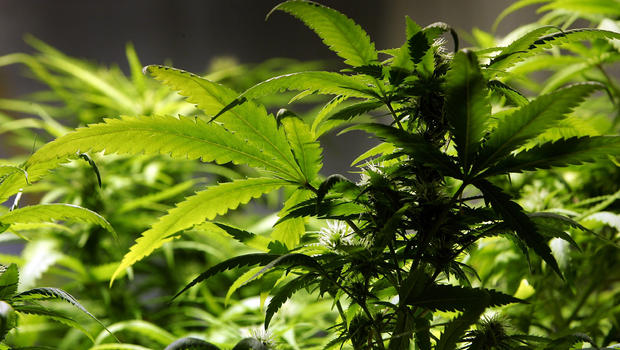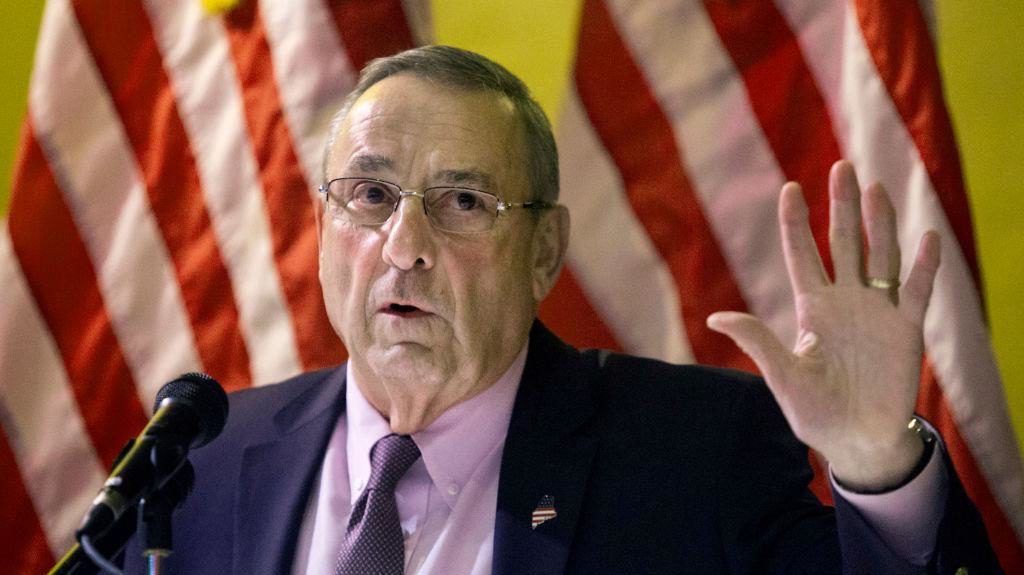Maine lawmakers are coalescing around a rough plan for the state’s new recreational marijuana industry after months of wonky hearings and with weeks more to go before a final proposal that could come by summer’s end.
Voters backed legalization by a slim margin in the 2016 election, approving a law allowing Mainers over age 21 to possess 2.5 ounces of marijuana. It said marijuana would be taxed at 10 percent and built on a statewide cultivation cap of 800,000 square feet.
The Legislature in January delayed commercial sale of marijuana until 2018 to write rules for the system. For casual users, it leaves the federally illegal drug in a no man’s land now — legal to grow, possess and consume, but illegal to buy or sell.
Now, it’s in the hands of a special legislative panel overseeing implementation, which has already agreed in a series of straw votes to several elements of the program, including raising the tax, scrapping the cultivation cap and giving municipalities significant control over the market.
Maine may tamp down the black market with a somewhat low effective tax rate, no cultivation caps and a residency requirement, but municipalities will provide the limits. Taxing and regulating marijuana is a balancing act. If the tax rate is too high or it’s too hard to do business, sales can easily go where they were before legalization — underground.
The committee hasn’t agreed on a tax figure even in a straw vote yet, but Sen. Roger Katz, R-Augusta, the panel’s co-chairman, said there’s a consensus that the initiative’s rate of 10 percent is too low. There are discussions now about placing it at or around 20 percent.
But that rate is based in part on lessons from Washington and Colorado, the first two U.S. states to legalize marijuana. Washington’s rate is 37 percent and Colorado’s was 29 percent until a recent decrease aimed at capturing more of the black and grey markets, according to the Tax Foundation.
Still, Colorado’s lower rate seems to have served it better: The Economist found last year that regulators there estimated that legal sales made up 70 percent of the marijuana market, while Washington was only thought to be capturing 30 percent of the market in 2014.
Not everyone agrees. Paul McCarrier, the president of Legalize Maine, a group of small medical marijuana growers that wrote the initiative, said 20 percent would be “too high.” He said it should stay at 10 percent since Maine’s economy is weaker than the western states.
But David Boyer, who managed the Maine campaign for the national Marijuana Policy Project, said a 20 percent total could be acceptable, especially if cities and towns allowing marijuana could get a slice of revenue to both entice them to allow it and regulate the industry.
The committee agreed this week to remove the cultivation cap in the initiative and bar state regulators from setting a limit on cultivators. Katz said a cap would be arbitrary and more likely to lead to diversion. It has also agreed to a six-month Maine residency requirement for growers and sellers designed to limit the sway of out-of-state companies.
However, the initiative allowed for a high level of local control that the committee isn’t likely to change much, allowing them to ban marijuana establishments. They will set the parameters of Maine’s market and be the next battleground between marijuana advocates and opponents.
The state may also take a simple approach to marijuana revenue for now, aiming it at public health and little else. Based on demand in Colorado and Washington, the Tax Foundation estimated last year that Maine could bring in $29 million in marijuana revenue annually under a 20 percent tax.
Legalization states generally use revenue to fund public health and law enforcement programs, but they have a range of other uses. Colorado supplements school construction with some, Washington earmarks some for its Medicaid program and Oregon gives some to schools.
Katz said he hopes licensing fees can pay for program administration, while he expected some revenue to go toward public health education and public safety around marijuana. But details aren’t fleshed out and nothing has been decided.
But Katz said his committee wasn’t the place for an in-depth debate on revenue allocation, saying it “ought to be left up to other members of the Legislature” in the future.
Expect this money to be heavily debated later on. Bills were introduced earlier this year to direct revenue toward substance abuse prevention, county government, healthcare research and offsetting income taxes. More lawmakers will want to get their hands on it when it’s rolling in.
Some finer points have been decided, but many more are outstanding and the committee has an ‘ambitious’ goal to have a sweeping regulatory bill ready by September. The Legislature sent a bill to LePage’s desk on Thursday that would require Maine’s agriculture department to test retail marijuana for levels of cannabinoids and potential contaminants.
The committee has developed a rough outline of a tiered cultivation licensing system and determined that there will be a “seed-to-sale” tracking system overseen by the state to prevent diversion of marijuana and tamp down the chances of federal intervention.
However, Katz said the panel has barely begun to address workplace issues resulting from legalization. However, he said the “ambitious” goal is to have a bill by September, when there could be a special legislative session to vote on it.
“This isn’t about whether you like marijuana or not,” he said. “This is about the fact that it is legal and we want to have a good regulatory scheme in place so it’ll be a well-regulated market.”
It’s too early to tell what the market will look like, but the industry is watching closely. Paul Armentaro, the deputy director of NORML, a national pro-legalization group, said Maine’s initiative as written is “one of the more progressive regulatory schemes with regard to marijuana in the country.”
“Whether it turns out that way in practice really comes down to what the specific regulations are and how it’s rolled out,” he said.
credit:420intel.com













